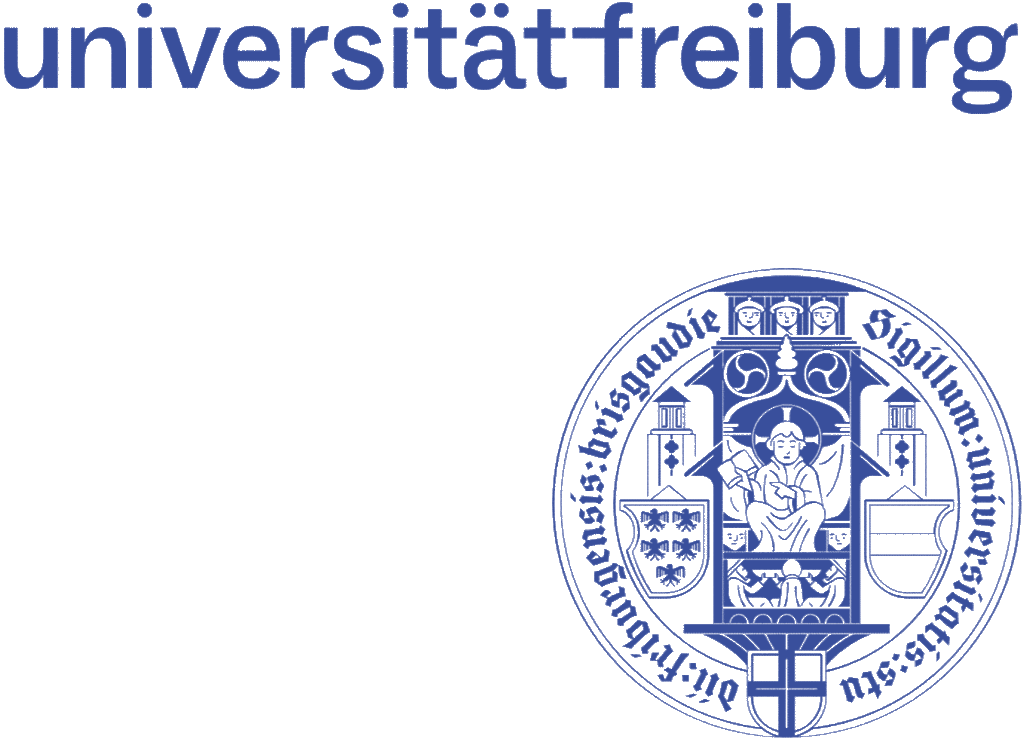
University of Freiburg
Institute of Physics
Experimental Atomic and Molecular Physics
aleksandr.demianenko(at)physik.uni-freiburg.de
Photo-activated processes and charge transfer in aggregates of organic molecules attached to rare gas clusters
Organic photovoltaics allow exceeding the Shockley-Queisser radiative efficiency limit inherent to single p-n junction solar cells by exploiting collective effects, such as singlet fission, superradiance, and triplet-triplet annihilation.Especially the definition of concepts like work [2–4] and entropy (production) [5–7] is still debated and a concise extension of fluctuation theorems to open quantum systems far from equilibrium is challenging. Such problems will be considered in the context of the one atom maser as a model system, where a beam of two-level atoms interacts with a single cavity mode [8].
Isolated aggregates of acenes or perylene derivatives and donor-acceptor complexes are attached to the surface of large solid rare-gas clusters. Ultra-cold cluster isolation spectroscopy is a powerful technique of resolving congested spectra of aggregates of organic molecules by cooling internal states of the system into a vibrational ground state without introducing strong interaction with the environment.
Vibronic structure of the excited aggregates is studied using laser-induced fluorescence excitation and emission spectroscopy, allowing to determine vibrational levels with high resolution. In addition, time-correlated single photon counting is implemented in order to increase temporal resolution of fluorescence rate measurements, enhancing understanding of collective radiative and non-radiative decay mechanisms, and their impact on lifetime and quantum yield.
Supervisor: Frank Stienkemeier



